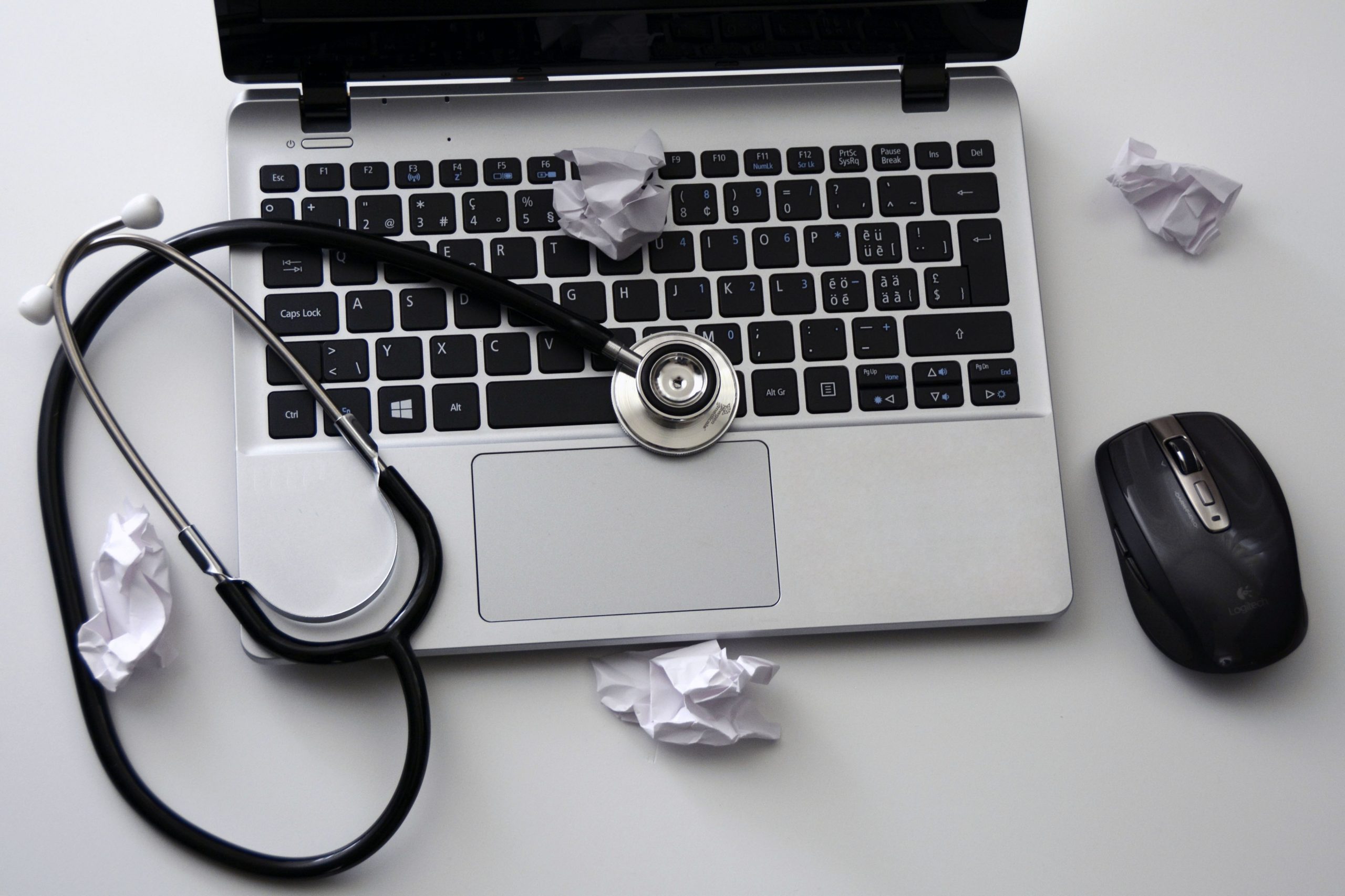- Identify the Problem: Determine the specific issue you’re facing. Is your computer not turning on? Is it running slow? Are you experiencing software errors? Pinpointing the problem will help you focus your troubleshooting efforts.
- Restart Your Computer: Sometimes, a simple restart can resolve minor glitches. Power off your computer, wait a few seconds, and then turn it back on.
- Check Connections: Ensure all cables, including power and peripherals (keyboard, mouse, monitor), are securely connected. Loose connections can lead to various issues. If you are unsure it’s setup correctly, you can hire an on-site technician.
- Run a Virus Scan: Perform a full scan using your antivirus software to check for malware or viruses that might be causing problems. If you need help, Aid IT offers malware removal services.
- Free Up Storage Space: Insufficient storage can slow down your computer. Delete unnecessary files, uninstall unused programs, and consider moving files to an external storage device or cloud storage.
- Update Software: Make sure your operating system, drivers, and applications are up to date. Outdated software can lead to compatibility issues and security vulnerabilities.
- Safe Mode: Boot your computer in Safe Mode to diagnose if third-party software is causing problems. Safe Mode loads a minimal set of drivers and programs, allowing you to identify potential issues.
- Check for Overheating: Excessive heat can cause hardware malfunctions. Ensure that your computer’s vents and fans are clean and unobstructed. Consider using a cooling pad for laptops.
- Perform System Restore: If you recently installed new software or updates, and the issues started afterward, you can use System Restore (Windows) or Time Machine (Mac) to revert your system to a previous state.
- Backup Data: Before attempting major troubleshooting steps, back up your important data to prevent data loss in case of unexpected outcomes.
If the issue persists or is beyond your expertise, it’s time to consult a professional computer repair service. They can diagnose and fix complex hardware and software problems.
Remember, if you’re uncomfortable with any troubleshooting steps or if your computer issue involves hardware, it’s best to consult a professional technician to avoid causing further damage.




